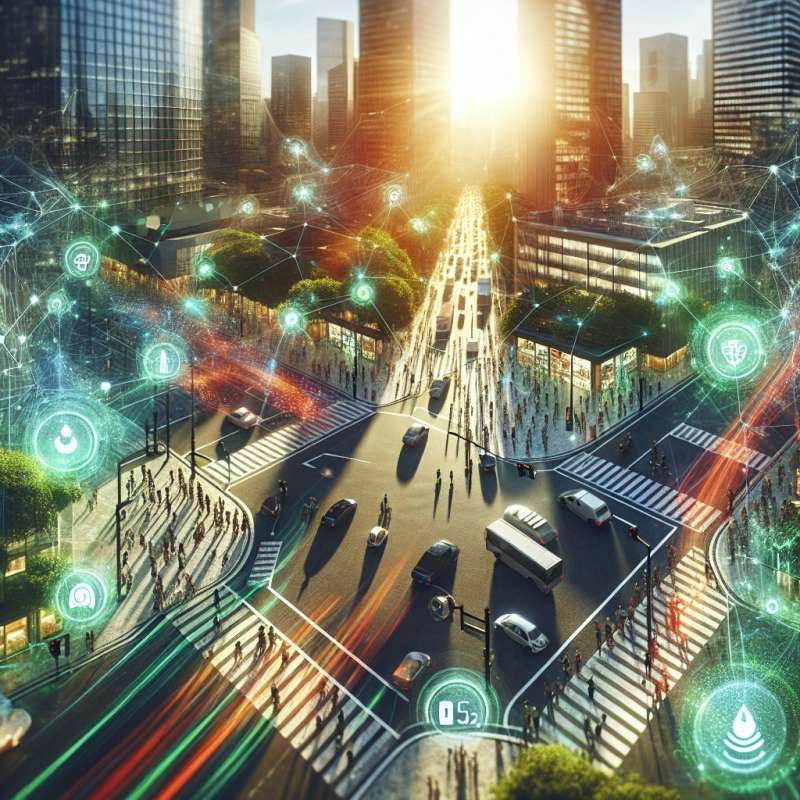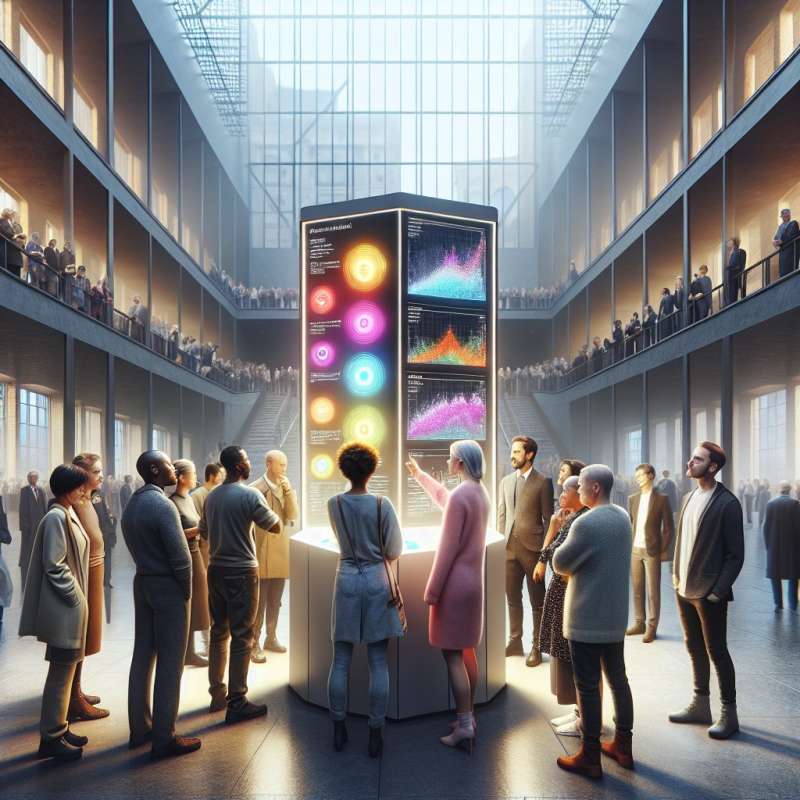
Smart City Origins
The concept originated in the 1990s with the rise of urban informatics. Smart Cities harness data from citizens, devices, and assets to manage resources efficiently.
Internet of Things (IoT)
IoT is pivotal in Smart Cities. Sensors collect data on traffic, energy use, and more, optimizing city functions and potentially reducing CO2 emissions by 3.7 Gt annually by 2025.
AI for Urban Planning
Artificial Intelligence analyzes big data for urban development, predicting infrastructural needs. Singapore's Virtual Singapore project is a notable example, simulating urban experiments virtually.
Smart Energy Grids
Smart grids adjust energy supply based on real-time demand. They can reduce outages and support renewable energy integration, potentially saving billions in energy costs.
Waste Management Innovations
Smart waste management systems use sensors to optimize pickup routes and schedules, reducing fuel consumption. Seoul's RFID waste system charges citizens based on waste amount, reducing waste by 10%.
Citizen Engagement Platforms
Digital platforms enable real-time feedback from citizens on city services, increasing transparency and participation. In Helsinki, the Open Data platform has boosted innovation and service improvement.
Challenges and Risks
Smart Cities face privacy concerns, cyber-attack risks, and require significant investment. Ensuring equitable access to technology remains a critical challenge for policymakers.
When did Smart City concept originate?
Early 2000s with IoT
1990s with urban informatics
1980s with computers
Company